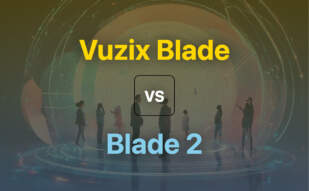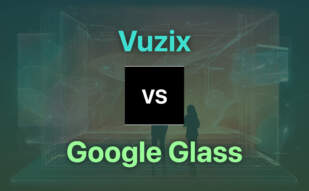For phone-centric, consumer-oriented users, Vuzix Blade offers an affordable, lightweight, and power-efficient AR solution. However, for industries requiring advanced, immersive AR functionalities, Microsoft’s HoloLens excels with its vast applications, ergonomic design and superior integration with Microsoft Azure.
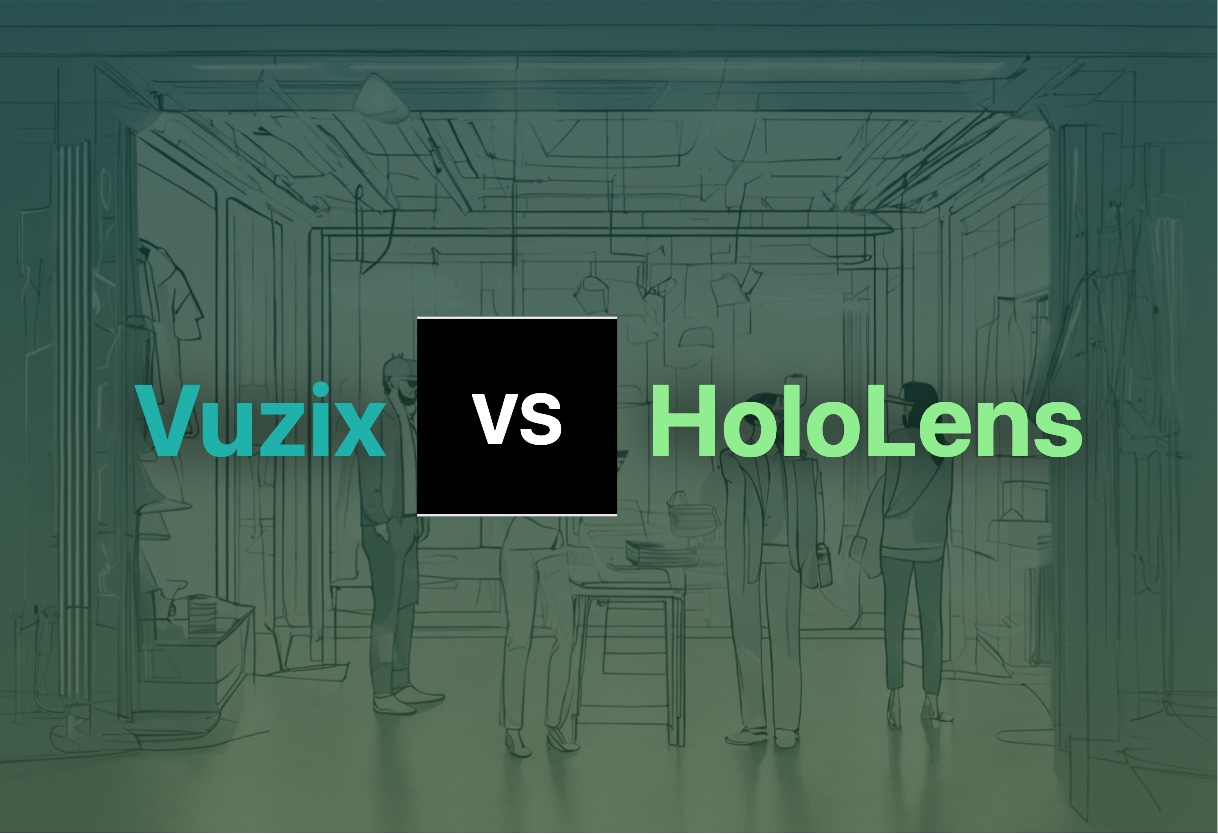
Key Differences Between Vuzix and HoloLens
- Vuzix is primarily a phone accessory, projecting a smaller, semi-transparent screen for applications and notifications, while HoloLens is an immersive, standalone AR device.
- While Vuzix is consumer-focused, priced at $999.99, HoloLens targets the enterprise sector with the standard version starting at $3,500.
- HoloLens boasts notable applications across various sectors including healthcare, education, and manufacturing; Vuzix is more suited to the deskless workforce and consumer markets.
- Both offer voice support: Vuzix comes with Google Assistant and Amazon Alexa; HoloLens uses Microsoft’s Cortana.
- HoloLens strategies are future-projection based, aiming at replicating real-world experiences, while Vuzix focuses on leading wearable tech innovations with an emphasis on lightweight and power-efficient solutions.
| Comparison | Vuzix Blade | Microsoft HoloLens |
|---|---|---|
| Current Model | Blade 2 | HoloLens 2 |
| Working with VR/AR | Connects frontline workers with AR systems for hands-free access to data and remote expertise | Creates augmented reality experiences with holograms and immersive spatial audio technology |
| Price | $999.99 | Standard version $3,500, Industrial Edition $4,950 |
| Integration Features | Google Assistant, Amazon’s Alexa support, Android 11 OS, enhanced WiFi features | Integration with Microsoft Azure cloud services, voice control with Cortana, compatibility with applications like Trimble’s SketchUp Viewer, Microsoft Teams, Autodesk’s FreeForm |
| Future Developments | Possibility of introducing facial recognition and live camera feed augmentation | Extensive applications in businesses aimed at influencing operations |
| Founding | 1997 by Paul Travers | 2015, developed by Microsoft |
What Is Vuzix and Who’s It For?
Vuzix is an established pioneer in the AR and VR industry, headquartered in Rochester, NY. The company’s products are known for harnessing cutting-edge waveguide technology, like their Blade AR glasses, which doubles as a phone accessory, projecting notifications and apps in a less intrusive manner. The Blade glasses also show promise of implementing facial recognition and live camera feed augmentation in the future.
Targeting the deskless workforce, the Vuzix Blade glasses connect frontline workers to crucial data and expert assistance through AR, providing a hands-free experience. With partnerships with Google Assistant and Amazon’s Alexa, Vuzix is a preferred choice across various industries.

Pros of Vuzix
- Immense immersive experience with smaller, semi-transparent screen
- Impressive hands-free access to critical data with AR integration
- Award-winning technology; recipient of the CES 2023 Innovation Awards in the Wearable Technology category
Cons of Vuzix
- High cost barrier with a $999.99 price tag
- Limited to being a phone accessory rather than a standalone AR device
- Projected features like facial recognition not available in current models
What Is Microsoft HoloLens and Who’s It For?
Microsoft HoloLens is a groundbreaking mixed reality project that has initiated a productivity revolution across multiple sectors, including healthcare, manufacturing, and education. Its product line, from the first HoloLens headset launched in 2015 to the current HoloLens 2, accommodates professional requirements with enterprise-ready applications. The product is designed not only to enhance user accuracy but also to amplify output.
With a wide variety of applications, from surgical procedure walkthroughs to designing deep-space vehicles, the HoloLens is a veritable force across industries. Its impact in creating safer work environments by integrating with hardhat systems enhances its reputation as a game-changing innovation.
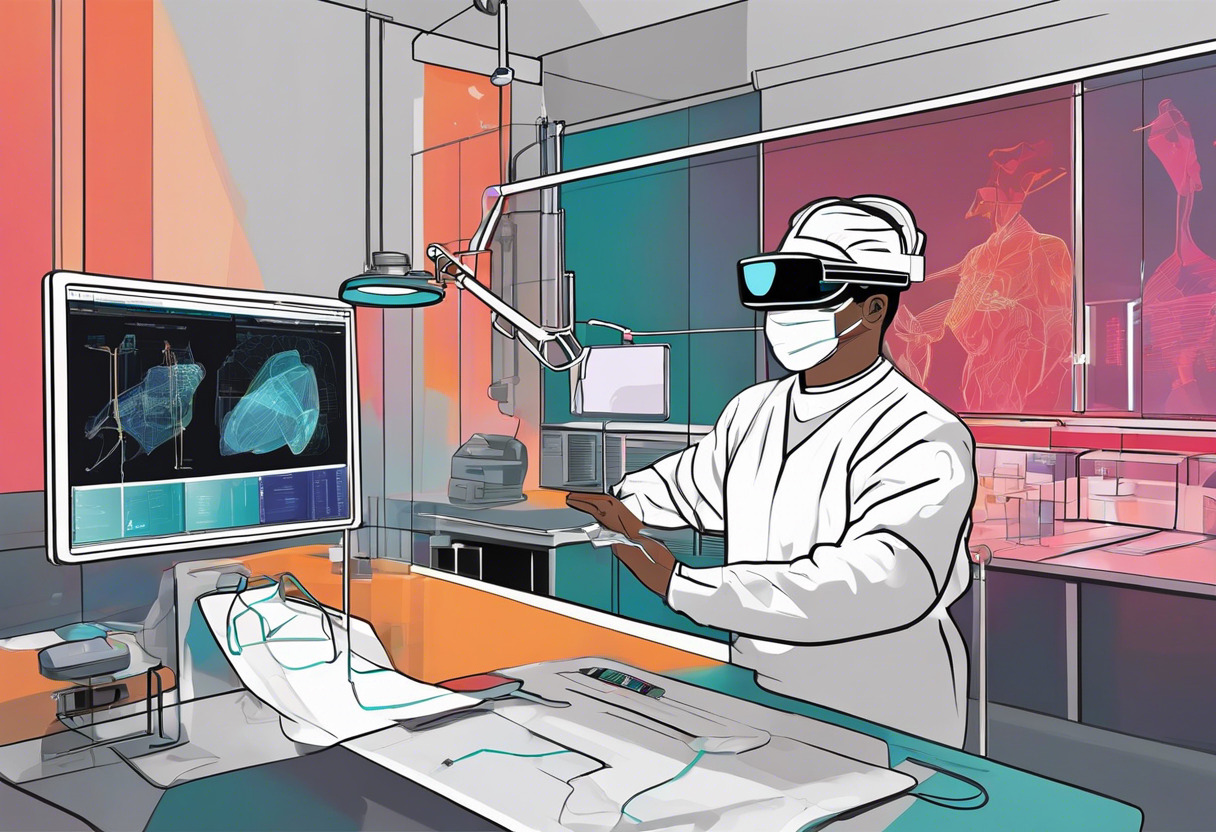
Pros of Microsoft HoloLens
- Enterprise-ready applications designed to boost output and accuracy
- Usability enhanced with biometric recognition and eye-tracking features
- Active application across a multitude of industries
Cons of Microsoft HoloLens
- High cost, with the standard version priced at $3,500
- Requires integration with Microsoft Azure cloud services
- Its advanced technology might require user training
The Final Contention: Vuzix vs HoloLens
As you consider Vuzix and HoloLens for your AR/VR needs, you need to understand how each stacks up against the other. Let’s unravel the mystery for different audience segments.
Frontline Workers
Vuzix Blade’s suitability for hands-free data access and remote support features are ideal for this segment. With enhanced WiFi and improved memory management, Vuzix Blade is designed for the deskless frontline worker!
AR/VR Developers
For the tech-savvy segment, HoloLens stands out. Featuring holographic projection capacities, voice control, easy Microsoft Azure integration, and immersive special audio tech, it’s a playground for AR/VR dynamism.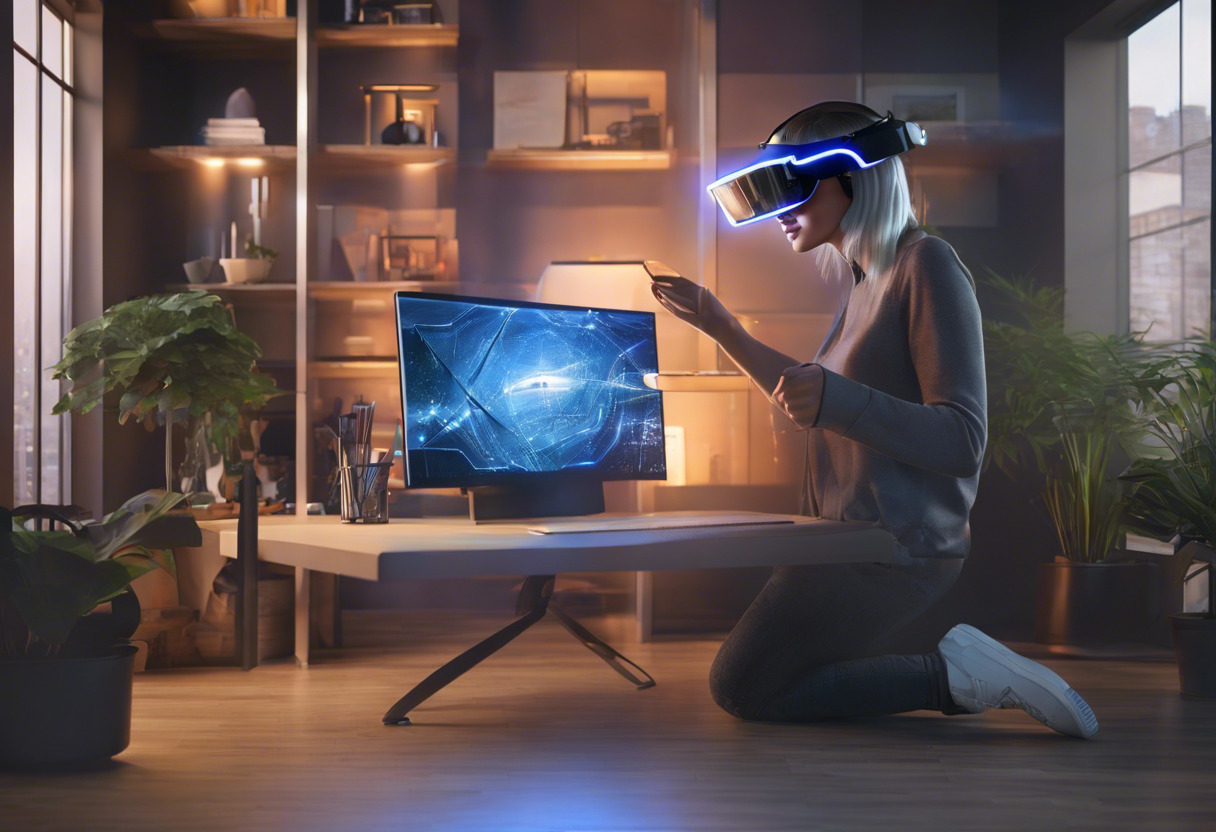
Education Industry
With applications in medical and science education, HoloLens takes the edge. It impresses with its interactive human anatomy and neuroanatomy curricula, arguably revolutionizing how we learn.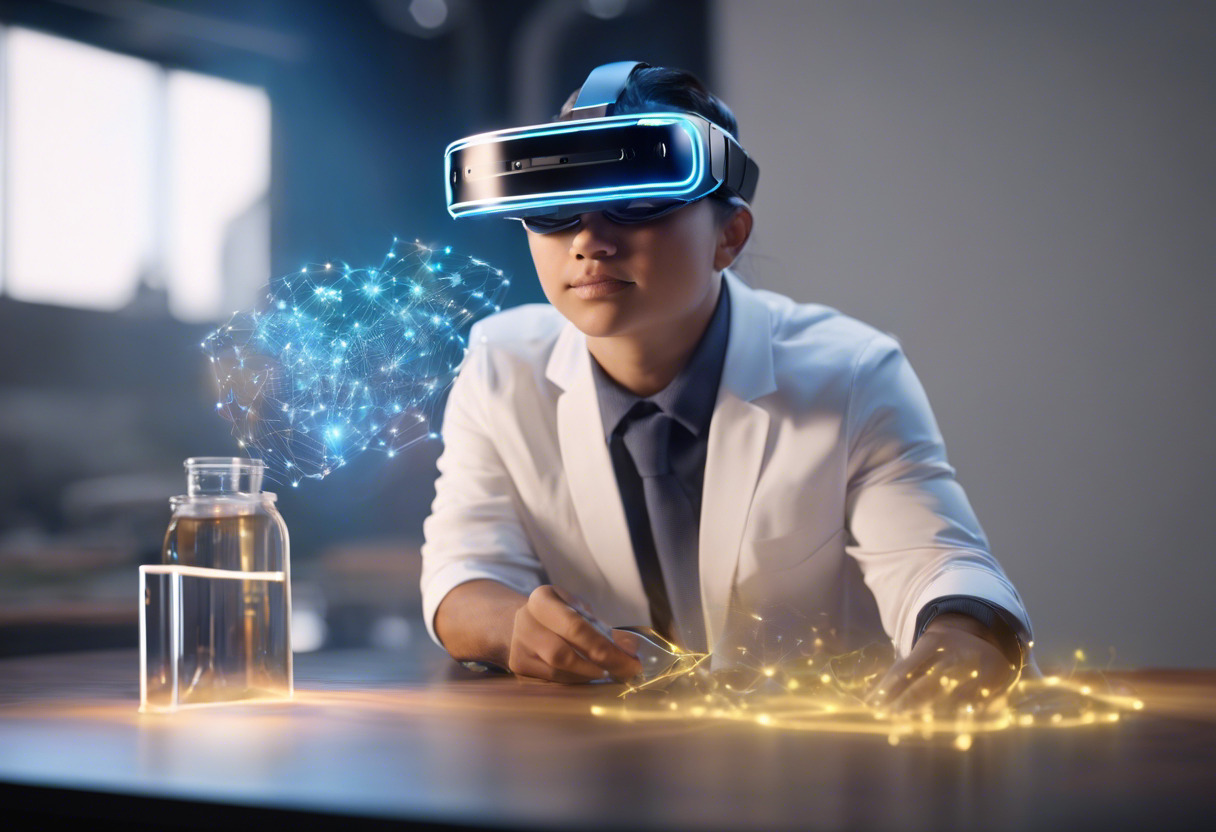
Consumer Segment
What set Vuzix apart are the Ultralite smart glasses, balancing lightweight, power-efficiency, and up-to 2-days run time. Combine that with monocular waveguide optics and custom micro-display engine, it is designed for utility!
*In the AR/VR battlefield, Vuzix triumphs for frontliners and everyday consumers with its compact design and efficiency. Yet, for developers and educators, HoloLens’ advanced features and immersive learning capacities hold sway.*
Logan Bellbrook
Content writer @ Aircada with a knack for nature & AR/VR/XR. Blogging the intersection of tech & terrain.



